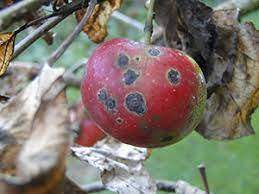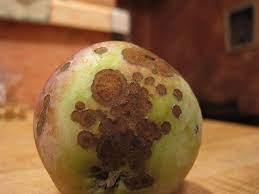Velvet Apple
Velvet apple trees, 30-40 feet tall in Zones 10-12, prefer well-drained soil and full sun for moderate growth. Known for their fuzzy-skinned fruits, velvet apples are edible and have a sweet taste.
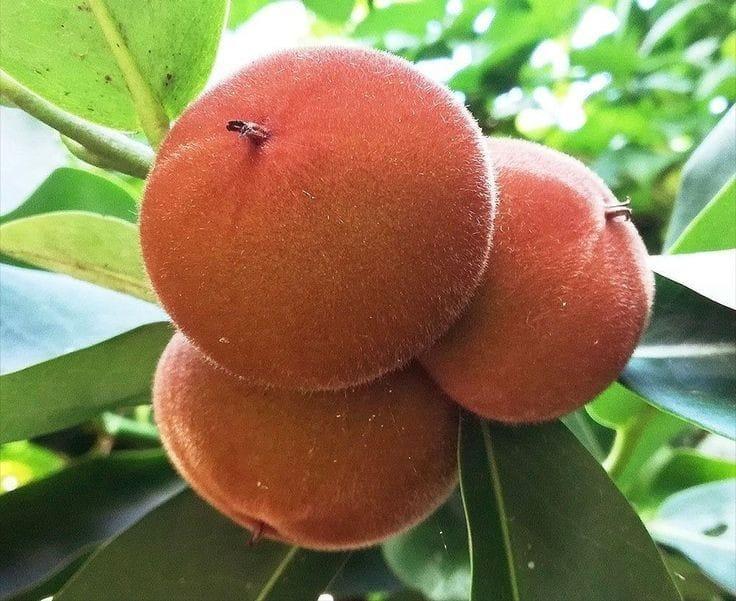
Habit
Tree
Height
3 to 4 m
Growth
Moderate
Soil
Well-drained, Sandy Loam
Shade
Full Sun
Moisture
Moderate
Edible
Yes
Medicinal
Yes
Origin
Southeast Asia
Climatic Condition
Tropical, Subtropical
Temperature (°)
20°C to 30°C
Humidity (%)
60% to 80%
Potting media
50% Loam, 40% Sand, 10% Organic Matter
Fertilizers
Organic Fertilizer
Watering
Regular watering
Plant Weight
3 to 5 kg
Flowering Time
Spring to Summer
Soil Ph level
6.0 to 7.5
Water Ph level
6.0 to 7.0
Soil EC
0.5 to 0.8 mS/cm
Yield Per Plant
15 to 25 kg per plant
NPK ratio
10:10:10
life Span
10 to 20 years
Health Benefits
High in Nutrients, Medicinal
Suggested Grow Media or Potting Mix ?
50% loamy soil, 30% compost, 20% sand
Suggested Fertigation/Fertilizers
Fertilize every 4 weeks with a balanced fertilizer.
Common Diseases and Remedies
Apple scab .
Small spots on the underside of young leaves or as spots on either surface of older leaves .
Spray Neem Oil .
HEALTH BENEFITS
1. Rich in vitamins and minerals: Velvet apple is rich in vitamins A and C, as well as minerals like potassium and magnesium.
2. May help support immune function: Velvet apple's vitamin C content may help support immune function and reduce the risk of illness.
3. May help support digestive health: Velvet apple's fiber content may help support digestive health and prevent constipation.
What Is An Velvet apple Tree?
The velvet apple plant, logically known as Diospyros blancoi, is a tropical evergreen tree local to Southeast Asia, especially in districts like the Philippines and Indonesia. It is valued for its extraordinary natural product, which looks like a little apple shrouded in smooth hairs, subsequently its name. The natural product has a sweet and somewhat tart flavor, frequently compared to a blend of pear and mango. The velvet apple plant is esteemed for its natural product as well as for its decorative characteristics, with reflexive green foliage and alluring blossoms. It flourishes in warm, damp environments and is developed for both business and elaborate purposes.

What Are The Different Types Of Velvet apple Plants?
1. Diospyros blancoi
The standard velvet apple plant, known for its smooth cleaned natural products with sweet, tart flavors
2. Diospyros stain
Otherwise called the dark sapote or chocolate pudding natural product, it creates huge, round natural products with a dull, smooth skin and custard-like tissue.
3. Diospyros lotus
Local to East Asia, this assortment delivers little, round organic products with a crunchy surface and sweet flavor.
4. Diospyros kaki
Regularly known as the Japanese persimmon, it yields huge, orange natural products with a sweet and somewhat astringent taste.
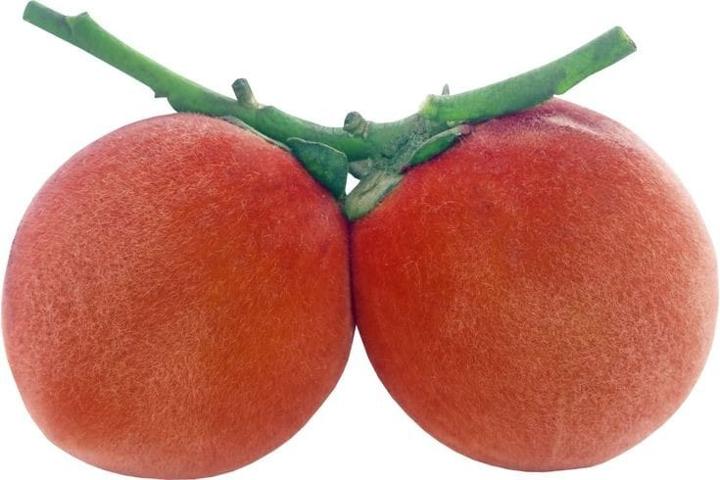
How to care for velvet apple Plants ?
1. Location
Velvet apple plants flourish in warm, heat and humidities with all around depleted soil and a lot of daylight. They are local to Southeast Asia, especially districts like the Philippines, Indonesia, and Malaysia. These plants favor temperatures between 20°C to 35°C (68°F to 95°F) and high moistness levels. It's fundamental to safeguard them from solid breezes and cold temperatures, as they are delicate to ice. In development, they can be filled in tropical and subtropical areas around the world, gave they get satisfactory warmth, daylight, and water.
2. Sunshine
Velvet apple plants require full daylight to flourish. They commonly need no less than 6 to 8 hours of direct daylight each day to effectively develop and create natural products. In locales with exceptionally sweltering environments, some fractional shade during the most smoking piece of the day can be advantageous, however in general, they favor splendid, bright circumstances. Deficient daylight might bring about unfortunate development, less blossoms, and diminished natural product creation. In this manner, it's crucial for plant velvet apple trees where they can get more than adequate daylight over the course of the day.
3. Soil
Velvet apple plants favor very much depleted, fruitful soil with a marginally acidic to impartial pH going from 5.5 to 7.0. Sandy topsoil or loamy soil types are great for their development, as they give great seepage while holding some dampness. Moreover, the dirt ought to be wealthy in natural make a difference to help solid root improvement and generally development. Before planting, it's gainful to alter the dirt with fertilizer or all around spoiled compost to work on its fruitfulness and design. Stay away from waterlogged or compacted soils, as they can prompt root decay and different issues. Normal soil testing and legitimate supplement the board are additionally fundamental for keeping up with ideal soil conditions for velvet apple plants.
4. Hydration
Velvet apple plants require ordinary watering, particularly during times of dynamic development and organic product improvement. While they favor reliably damp soil, it's significant to keep away from overwatering, as waterlogged circumstances can prompt root decay and different issues. Permit the dirt to dry somewhat between watering meetings, yet don't allow it to turn out to be totally dry. As a common rule, intend to keep the dirt equitably sodden, giving sufficient water to completely splash the root zone without causing waterlogging. Change the watering recurrence in light of variables, for example, atmospheric conditions, soil type, and phase of development. Mulching around the foundation of the plant can assist with holding soil dampness and diminish water dissipation.
5. Nourishment
Apply a reasonable compost figured out for natural product trees during the developing season, ordinarily in spring and late-spring. Adhere to the maker's guidelines for application rates and recurrence. Integrate fertilizer or very much decayed compost into the dirt around the foundation of the plant every year to advance the dirt and give fundamental supplements.
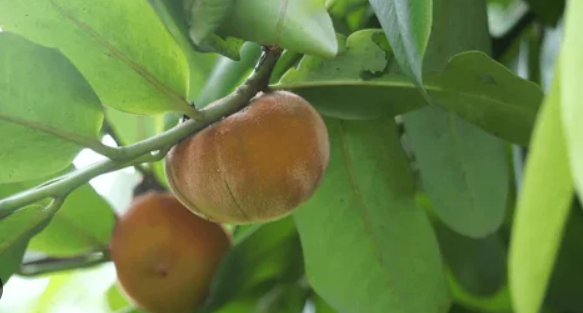
6.Issues
Velvet apple plants are vulnerable to contagious infections, for example, anthracnose, fine mold, and leaf spot. These infections can cause leaf yellowing, spotting, and untimely leaf drop, influencing by and large plant wellbeing and natural product quality. Velvet apple plants might be gone after by different bugs, including aphids, scale bugs, and natural product flies. These vermin can harm foliage, blossoms, and organic products, prompting diminished yield and quality.
The product of the velvet apple tree is plentiful in nutrients, minerals, and cell reinforcements, making it a nutritious expansion to the eating regimen. The tree's reflexive green foliage, appealing blossoms, and one of a kind smooth natural products make it a helpful fancy plant for finishing and home nurseries. In customary medication, different pieces of the velvet apple tree are utilized to treat illnesses like the runs, loose bowels, and skin contaminations because of their implied restorative properties Velvet apple development can give financial open doors to ranchers and producers in districts where the tree is developed economically, adding to neighborhood economies.
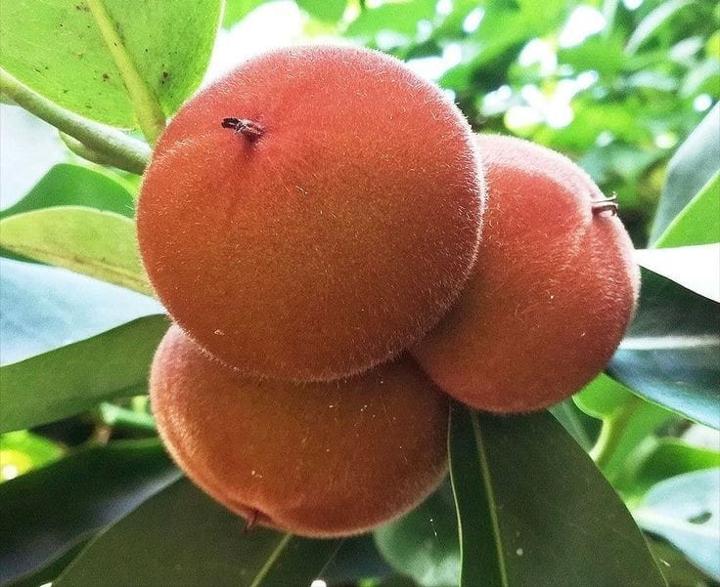
FAQs About Growing velvet apple
1. How to keep up with velvet apple tree ?
Give standard, profound watering to keep the dirt reliably wet yet not waterlogged. Change watering recurrence in view of atmospheric conditions and soil dampness levels.
2. What are the purposes of velvet apple tree?
The essential utilization of the velvet apple tree is for its natural product, which is consumed new or utilized in culinary applications. The natural product has a sweet and tart flavor and can be eaten crude, squeezed, or utilized in predicaments, jams, and treats.
3. Might I at any point develop velvet apple indoor?
Velvet apple trees require full daylight to flourish and deliver organic product. Inside, they will require admittance to splendid, circuitous daylight for no less than 6 to 8 hours out of each day. Consider setting them close to a south-bound window or enhancing with develop lights on the off chance that regular light is lacking.
4. Which pot is best for developing velvet apple?
Pick a pot that gives adequate space to the tree's underground root growth to develop. A bigger pot considers better root improvement and keeps the tree from becoming root-bound. Hold back nothing with a measurement of no less than 18 to 24 inches (45 to 60 centimeters) and a profundity of 18 to 24 inches (45 to 60 centimeters).
5. From where could I at any point shop velvet apple?
Visit neighborhood nurseries or nursery focuses that have practical experience in natural product trees or tropical plants. They might have velvet apple trees accessible for procurement, either as pruned examples or uncovered root plants during the proper season.
